Most people visit Lefkosa (Nicosia), the capital city of Turkish Cyprus, to try their luck in one of its many casinos. Formerly populated by a mix of Cypriot Greeks and Turks, the aftermath of a military coup in July 1974 saw the city split into Greek Nicosia and Turkish Lefkosa.
A United Nations buffer zone, the Green Line, sits in the middle.
Despite the divisions, this flat walkable city offers a plethora of sights to enjoy so if you’re after a bit of easy sightseeing and some lazy meals in the winter sun, Lefkosa delivers all that and more, starting with museums.
1. Turkish Cyprus museums
The standout is the Private Ethnographic Museum of Cyprus spread over three floors of a former factory. Some 150 years of traditional Cypriot village life are on display, including agricultural implements, elaborately carved furniture, porcelain and exquisite handstitched clothing. Owner and collector Ergun Pektas shows you around himself.
In a mansion built in 1801, now the Dervish Pasha Ethnographic Museum, you’ll see the accouterments of a wealthy household. Don’t miss the British-issued shepherd badges and the hammam out the back.
The Lapidary Museum displays medieval-era stonework and a gorgeous Gothic window from a palace built by the Lusignans, the French rulers of the island of Cyprus between 1192 and 1489. The ground floor of the L-shaped eaved Sacakli Ev also dates to the Lusignan period, while its upper floor is from Ottoman times.
For a look at modern history, head to the Milli Mucadele or the National Struggle Museum. The collection covers the island’s Turkish history from 1878 up to Türkiye’s response to the 1974 coup and the northern Turkish side of the island declaring its independence.
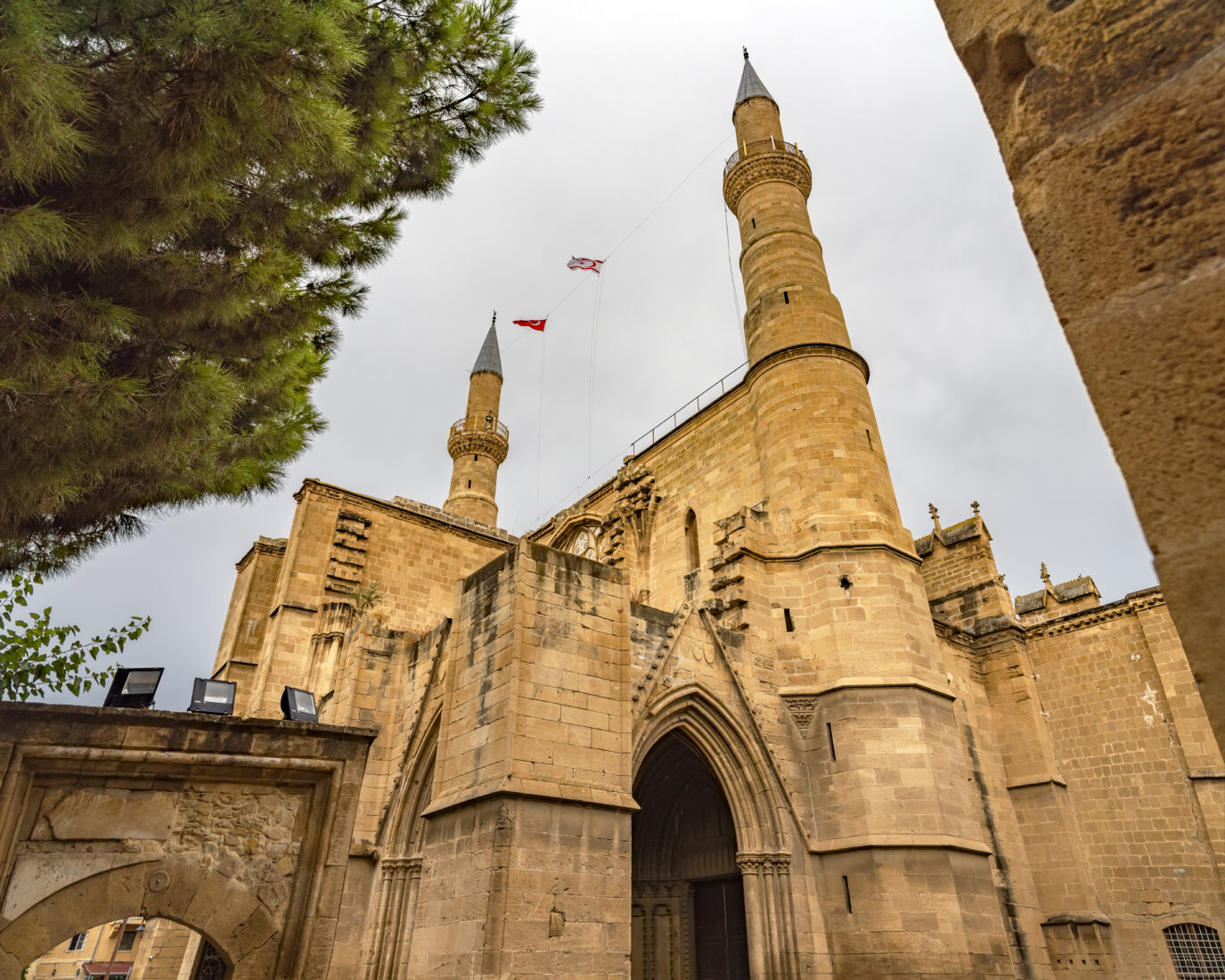
2. Lefkosa’s architecture
With its solid French Gothic church walls punctuated by stained glass windows and stocky minarets, Selimiye Mosque dominates the skyline of Lefkosa. The mosque started its life as a church when construction commenced in 1209 and took 78 years to complete. When the Ottomans arrived in 1571, they altered the interior layout and removed the Christian symbols. Nonetheless, its Gothic characteristics are still visible in the massive pillars and elaborate masonry embellishments on external doorways.
The adjacent Bedesten, an Ottoman market hall built on the site of a Byzantine chapel dating to the 6th century, was once a grand structure. All that remains today are some 14th-century Gothic arches and the coat of arms of a noble Venetian family.
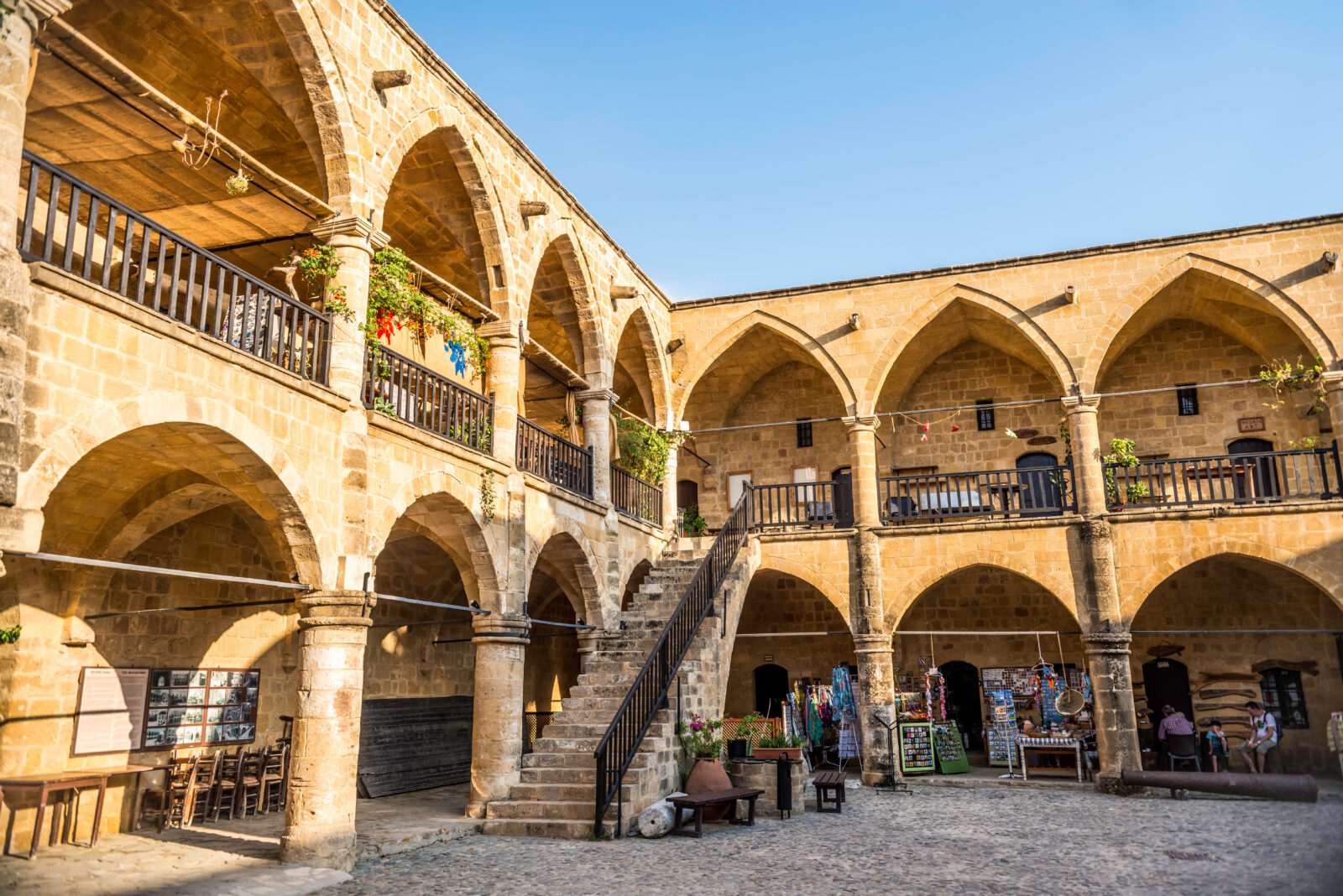
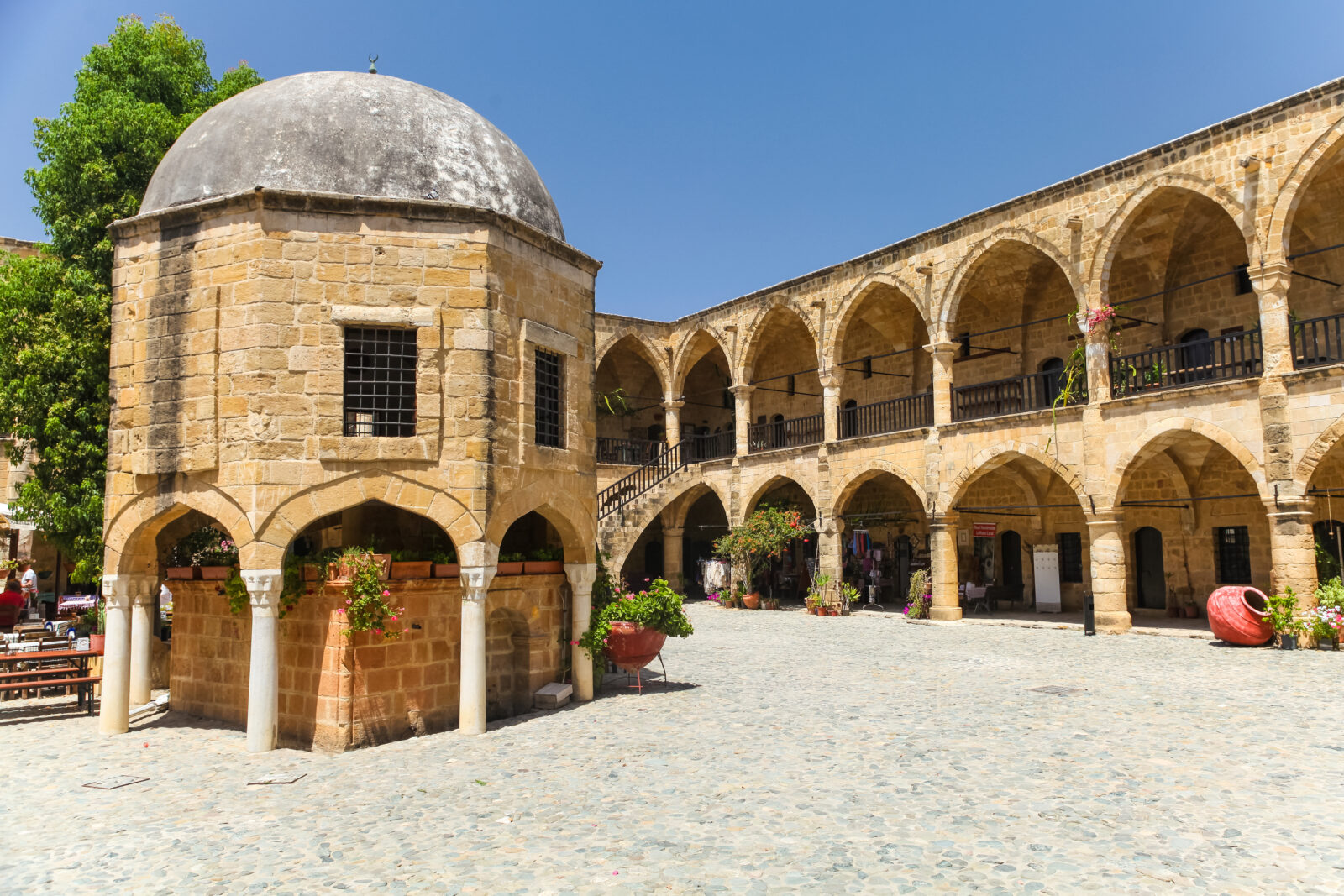

Over in the courtyard of Buyuk Han (Grand Inn), an Ottoman caravanserai built in 1572, a charming stone sardivan, an ablutions fountain, set on six pillars in a rare design only found in two other places in Türkiye takes center stage.
Over different periods between 1878 to 1960, the British controlled Cyprus. They left behind a considerable architectural legacy, including the colonial-style courthouse built in 1901 and Bandabuliya Market, which opened in 1932. Elsewhere, other grand 1930s buildings have seen better days, although a number are being converted into hotels, restaurants and cafes.
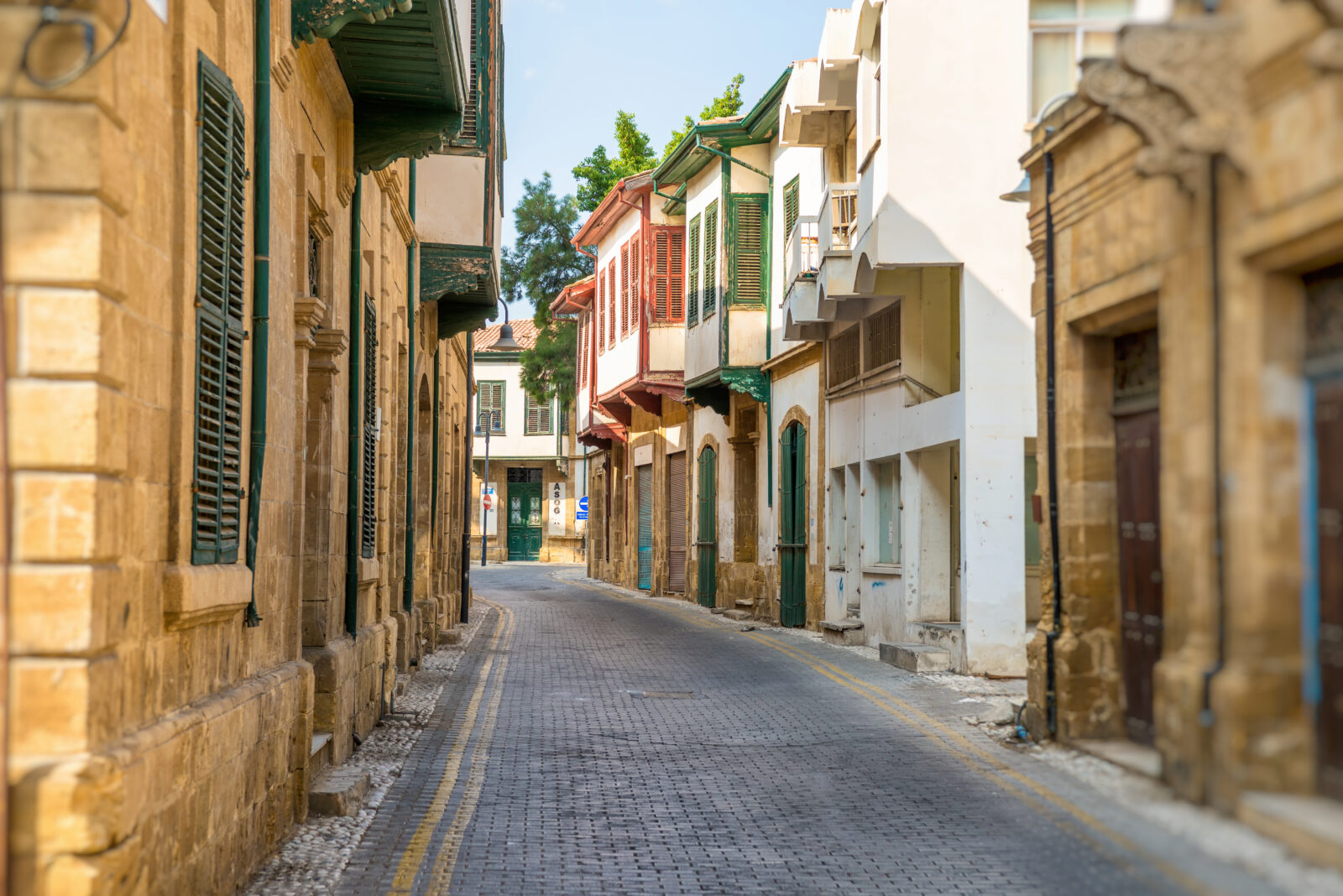
3. Historical neighborhoods
A visit to the Armenian Bishopric in Arabahmet brings you up close and personal with the Green Zone, barbed wire, bullet holes and all. The neighborhood is made up of a crisscross of narrow streets. Single-story Greek houses with painted shutters and crosses carved into the lintels abut two-story Cypriot Ottoman era buildings with distinctive skinny balconies. At certain times of the day, you can hear church bells ringing over in Greece, just next door.
Only the Sourp Asdvadzadzinare Church inside the Bishopric compound is open to the public. This 13th-century Benedictine Abbey of Our Lady of Tyre became the major center of Armenian worship two centuries later. When the Green Line was set up in 1963, the Armenian community was displaced and the building fell into disrepair. Now restored, the interior is starkly beautiful with the detailing on the pointed arches shown to its full glory.
The Samanbahce neighborhood, consisting of 70 terraced cottages of traditional mudbrick and hasir (thatched reed), is highly unusual. Built as a social housing complex by the Ottomans in the early 20th century, its narrow car-free laneways and brilliant white walls awash with colorful flowers make it feel like an oasis in the city.
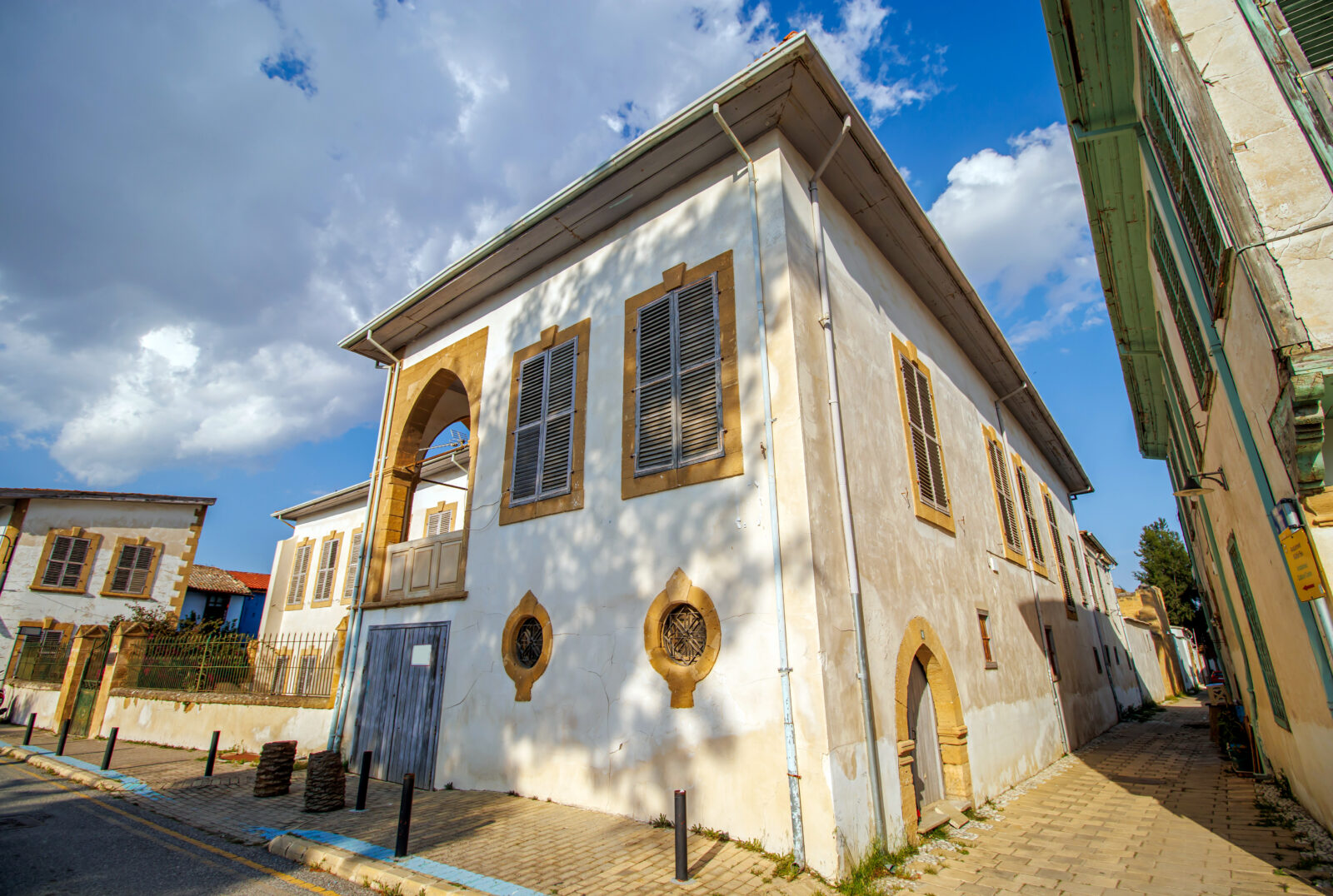
4. The food
After all that sightseeing, it’s time to refuel, especially when Lefkosa’s burgeoning food scene means there are plenty of options to enjoy a perfect meal. Feast on Serart Artisan Pasta (with a vegan option), Canteen Bistro’s hearty burgers, Funky Dough pizzas or steaks big enough for two at Valide Hanim Konak.
5. Coffee culture
Coffee lovers should make a beeline for Ozerlat, a 3rd generation family-run roastery and cafe serving up delicious halloumi loaf. If you’re more new school, Goat Cafe & Bar, L’Kal and Rustem Kitabevi have your name on them.
6. Day trips
Combine a trip to Girne (Kyrenia), for its impressive Venetian harbor and massive castle, with Bellapais. Rugged mountain slopes form a dramatic backdrop for this elegant 13th-century monastery overlooking the sea. Sandstone arches line a serene courtyard and on a clear day, you can see Türkiye from the terrace.
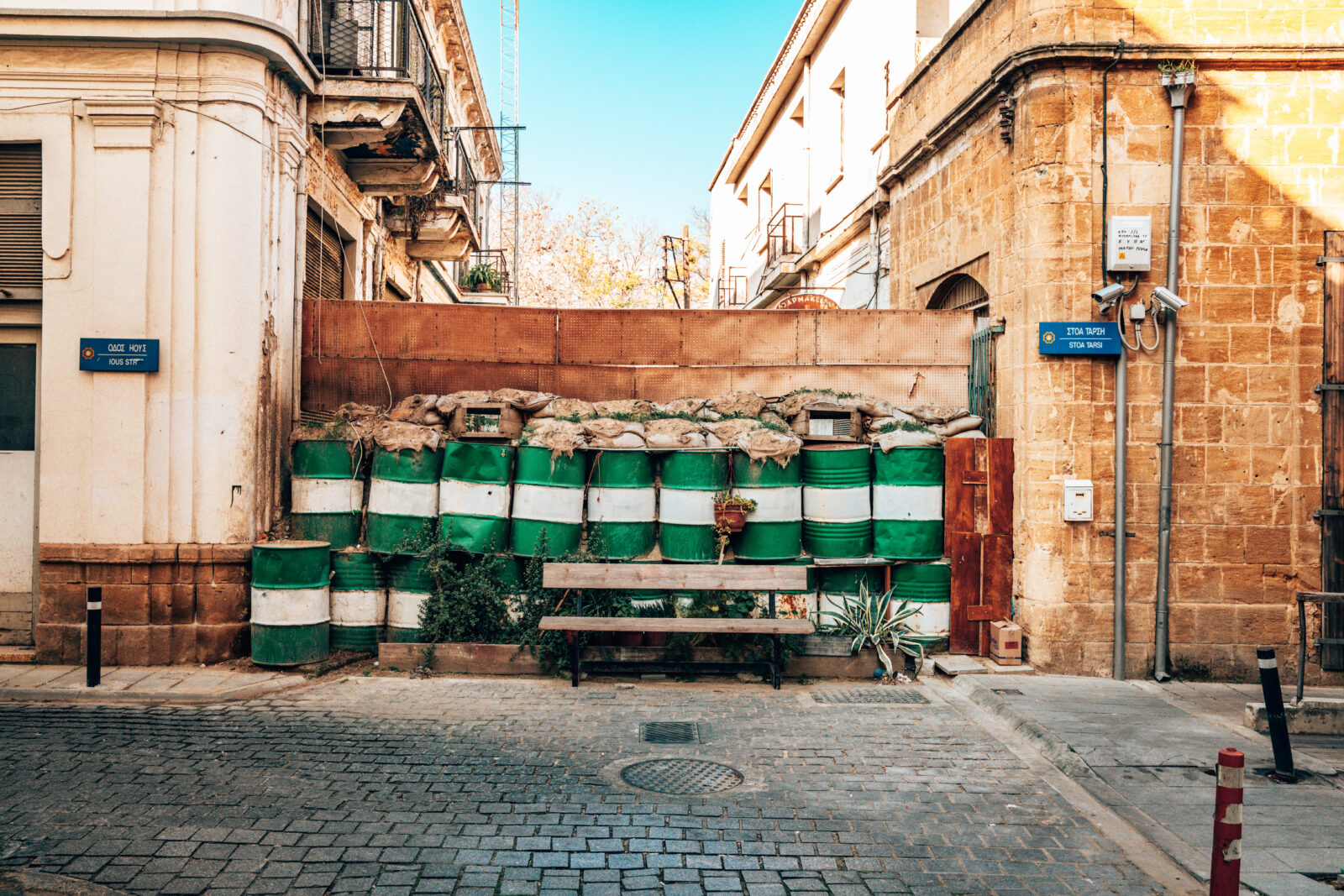

Gazimagusa (Famagusta) is packed with historic Greek churches, 16 at last count, including the majestic sandstone Saint Nicholas Cathedral. It’s also infamous for Maras, better known as Varosha, a stretch of beach once favored by the European elite. After the 1974 Turkish military intervention, it was abandoned and is almost derelict. Heavily militarized, it’s become a new dark tourism destination. More rewarding is the massive bastion combining medieval and Renaissance engineering techniques. Surprisingly picturesque inside, it’s perfect for selfies.
7. Visit Lefkosa’s Greek side
You can even visit the Greek side of the island if your passport allows. The Ledra Street checkpoint is in central Lefkosa, but use the Ledra Palace Border Crossing at least once so you can have coffee in the Home for Cooperation, located inside the actual buffer zone.
To mix things up, why not stay in the south and cross over to the north instead? Nicosia is packed with even more museums. The Cyprus Museum is magic and you can eat souvlaki and mastic ice cream to your heart’s content. Not together, of course, unless you want to.
Whatever you do, the choice is yours.
The views and opinions expressed in this article belong solely to the author and do not necessarily reflect the editorial outlook of Türkiye Today.
